About Amsterdam, The Netherlands
Amsterdam is the Netherlands’ capital, known for its artistic heritage, elaborate canal system and narrow houses with gabled facades, legacies of the city’s 17th-century Golden Age. Its Museum District houses the Van Gogh Museum, works by Rembrandt and Vermeer at the Rijksmuseum, and modern art at the Stedelijk. Cycling is key to the city’s character, and there are numerous bike paths.
Amsterdam is colloquially known as Venice of the North because of its lovely canals that criss-cross the city, its impressive architecture and more than 1,500 bridges. There is something for every traveller’s taste here; whether you prefer culture and history, serious partying, or just the relaxing charm of an old European city.
Amsterdam has been made world-famous through reports of its lax drug laws, liberal structure, and legal prostitution. These aspects may or may not be reasons for visiting this beautiful country, but allow me to tell you that they do not begin to compare with the glory and wonder of the landscape, combined with the impressive and fascinating historical sights and museums. The scenery alone is intoxicating, and the musical performances and shopping facilities are stupendous.
Even with all of the incredible activities and interesting engagements, something must be said for experiencing a brownie at one of the local bakeries. The scenic splendor of Amsterdam is in excess, and this exquisite city houses some of the finest museums anywhere. The Van Gogh Museum and Rijks museum are both extraordinary, and the Anne Frank House is a haunting yet fascinating glimpse into the life of one of history’s most tragic heroines.
Amsterdam features one of the lowest crime rates in the world for a major metropolitan city. The locals are eager to help you, and no one seems afraid to be walking around at night, and why should they be? The government is stable and the close-knit communities ensure safety on the streets virtually all of the time. Queen’s Day, celebrated on April 30, is a sprawling street festival that is typically the most rousing and fun-filled day of the year. The Holland Festival of the Arts is a cherished event, and it seems as if on any day in Amsterdam, you will be treated to a spectacular display of lights, sites, music, and entertainment.
Most trains arrive and depart from Amsterdam Centraal Station (with one extra ‘a’ in Dutch), located on an island between the Amsterdam/Old Centre and the IJ waterfront. Other important train stations are Duivendrecht and Bijlmer-ArenA in the southeast, Amstel and Muiderpoort in the East, RAI and Zuid-WTC in the South, and Lelylaan and Sloterdijk in the West. Schiphol Airport also has its own train station, which functions as a major interchange station. It has at least seven trains an hour to Amsterdam Centraal, with additional trains going to other stations in Amsterdam.
The maritime Passenger Terminal Amsterdam is close to the city centre but is only for cruise ships. The nearest ferry port is IJmuiden which is served by DFDS Seaways, who offer a daily overnight ferry services from Newcastle-upon-Tyne (North Shields) in the United Kingdom see the official website. 125km away by car there is a ferry terminal at Rotterdam Europoort (ferry from Kingston Upon Hull), and Hook of Holland (ferry from Harwich). Hook of Holland has a train station. Take the train to Schiedam Centrum or Rotterdam Centraal and from there a train to Amsterdam.
Amsterdam’s centre is fairly small, and almost abnormally flat, so you can easily get to most tourist destinations on foot – from the train station, within half an hour. A public transport system, consiting of trains, trams, metro, buses and ferries give access to areas beyond the inner city area. The tram (16 lines) is the main form of public transport system in the central area, and there are also dozens of night bus routes which run in place of the trams between midnight and 5am.
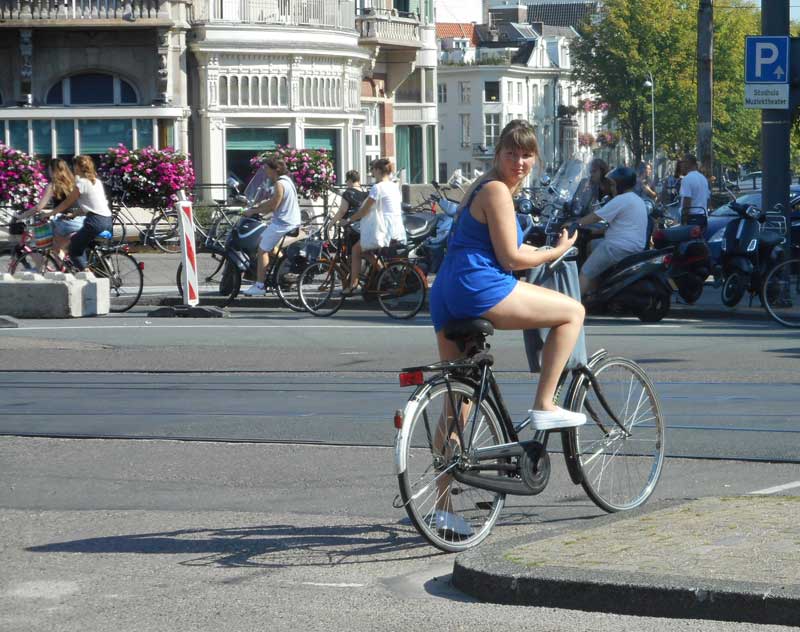
A pleasant way to cover a lot of ground is to rent a bicycle. There is at least one bike for every one of the 800,000 people living in Amsterdam. The city is very, very bike-friendly, and there are separate bike lanes on most major streets. In the city centre, however, there is often not enough space for a bike lane, so cars and cyclists share narrow streets. Cyclists do not have the right of way even though it might appear so when observing the typical Amsterdammer’s cycling behaviour. Cycling the Amsterdam way takes a significant amount of skill: the locals have been riding bikes from the moment they could walk and this is reflected in the way they ride. If you cycle in Amsterdam, you have to be willing and able to keep up with them; if you can’t, you won’t feel comfortable on a bike here, even if you are a proficcent rider at home. Cycling here can be a stressful affair rather than the smooth ride most visitors imagine it to be.
Plan and Book:



Overview
The city of Amsterdam is comprised of a number of districts. Settled as a small fishing village in the late 12th century, Amsterdam became one of the most important trading centres in the world during the Dutch Golden Age of the 17th century, with the first stock exchange and the joint ventures that gave birth to modern day Capitalism. The city’s small medieval centre rapidly expanded as the Jordaan and the Canal Belt neighbourhoods were constructed; the latter’s cultural significance was acknowledged when it became a UNESCO World Heritage Site in 2010. In the 19th and 20th centuries, the city expanded in all directions, with many new neighbourhoods and suburbs designed in modernist styles.
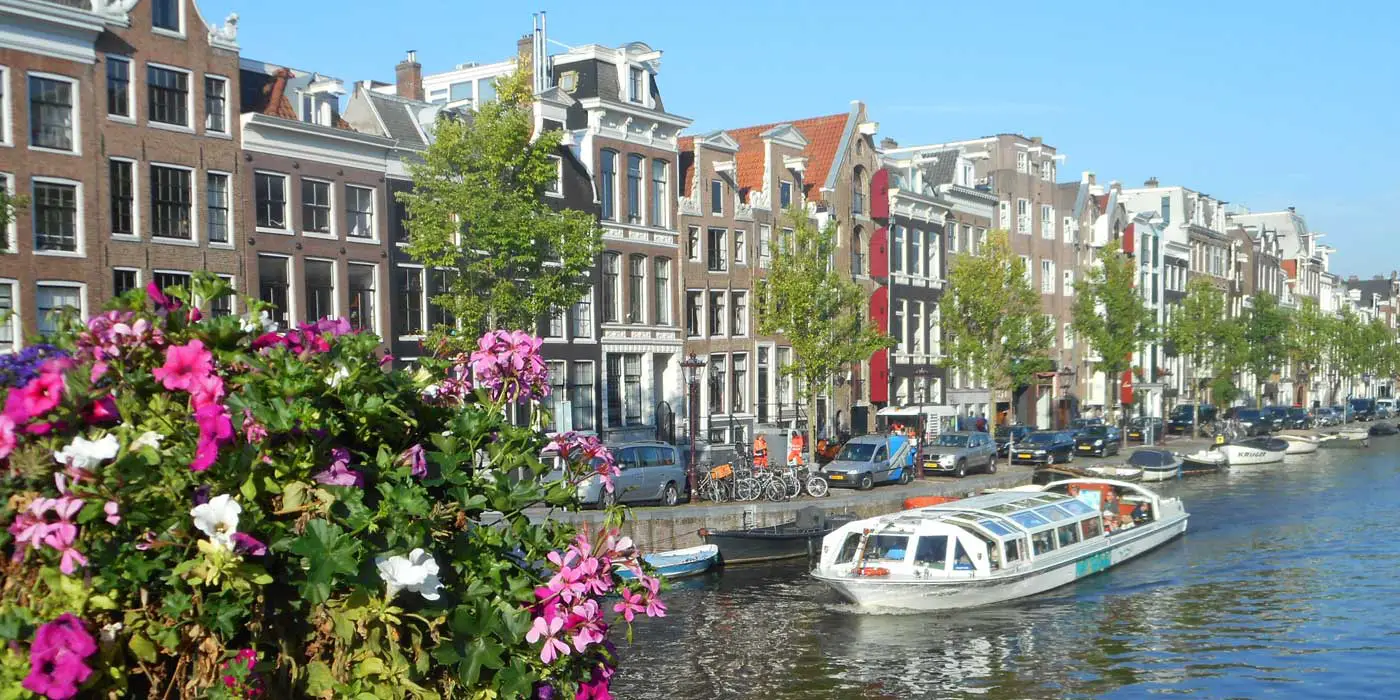
The “Amsterdam” that most visitors experience is the city centre, the semi-circle with Central Station at its apex. It corresponds to the city as it was around 1850. Six major concentric canals ring the Old Centre; the Singel, the Herengracht, the Keizersgracht, the Prinsengracht, the Lijnbaansgracht, and the Singelgracht, together forming the Canal Ring. Other districts inside the city centre are the Jordaan, a former working-class area gone upmarket, and Plantage, a leafy and spacious area known for its zoo and botanical gardens. The roads Nassaukade, Stadhouderskade, and Mauritskade surround the centre and mark the location of the former city moat and fortifications. Almost everything outside this line was built after 1870.
The semi-circle is on the south side of the IJ, originally the estuary of the Amstel to the Zuiderzee (South sea), nowadays canalised. Going east from Central Station, the railway passes the artificial islands of the redeveloped Eastern Docklands. North of the IJ is mainly housing, although a major dockland redevelopment has started there too. The river Amstel flows into the city from the south. The original settlement was on the right bank of the Amstel, on the present Warmoesstraat: it is therefore the oldest street in the city. The city has expanded in all directions, except to the northeast of the ring motorway. That area is a protected rural landscape of open fields and small villages that could be considered a part of the Waterland region.
The radius of the semi-circle is about 2km. All major tourist destinations, and most hotels, are located inside it or just outside it. As a result, a large swathe of Amsterdam is never visited by tourists: at least 90% of the population lives outside this area. Most economic activity in Amsterdam – the offices of the financial sector, and the port – is near or outside the ring motorway, which is 4-5km from the centre. The expansion of Amsterdam outside this beltway, and the expansion of activity outside the old centre, is redefining what locals consider the ‘central area’ of Amsterdam. Without a doubt the most popular district outside of the city centre is the South for its quality museums and gentrified neighbourhood ‘De Pijp’.
The nightclubs in Amsterdam are not as rough as one might think. Many nightclubs are grouped at Leidseplein and Rembrandtplein in the Canal Ring. As these two squares are also the typical tourist traps of Amsterdam, prices are relatively high and there are lots of scams. You can’t go wrong at Melkweg, Sugarfactory and Paradiso, three live music venues that usually have a large queue in weekends. Paradiso has the best interior, as it used to be a church, while Melkweg feels more like a nightclub. Sugarfactory is a little more intimate and is a multidisciplinary platform for young talent. Jimmy Woo is an impressive VIP-room, but their dress code is very strict. There are also some nightclubs in Eastern Amsterdam (notably Panama) and near Westerpark. Techno/minimal lovers go to De School in the Jan van Breemenstraat, just outside the city centre (West).
Amsterdam is renowned for its liberal drug policy. Coffeeshops, not to be confused with coffeehouses or cafes, are allowed to sell cannabis and hash for personal use (not more than 5 grams). While technically still illegal, mostly to comply to international treaties, personal use of (soft) drugs are regulated by the Ministry of Justice under an official policy of gedogen; literally this means to accept or tolerate. Many coffeeshops also provide a non-tobacco herbal filler for those who find pure joints too strong. There are about 250 coffeeshops in Amsterdam, most of them in the Old Centre.
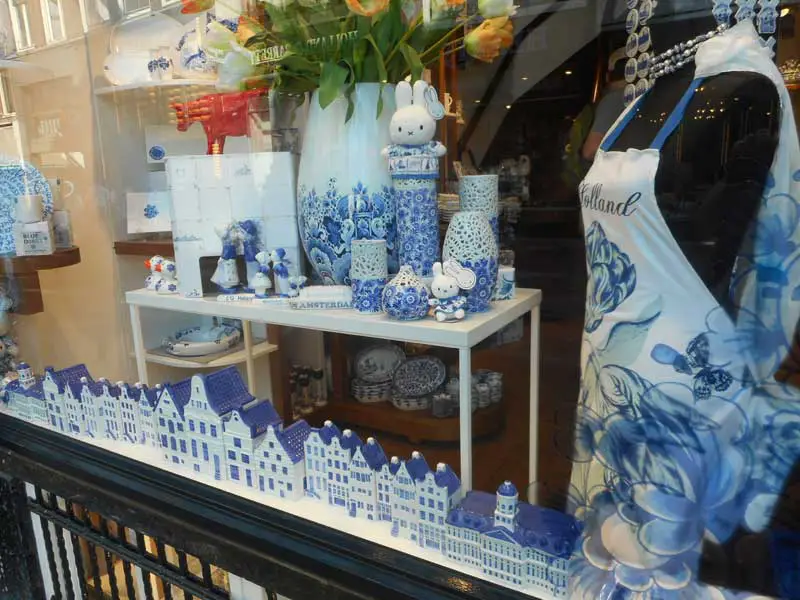
Districts
Old Centre: The medieval centre and most visited area of Amsterdam. It is known for its traditional architecture, canals, shopping, and many coffeeshops. Dam Square is considered its ultimate centre, but just as interesting are the areas around Nieuwmarkt and Spui. The Red Light District is also a part of the Old Centre. The oldest streets are the Warmoesstraat and the Zeedijk located in the Nieuwmarkt area of the Old Centre. As buildings were made of wood in the Middle Ages, few buildings from the period have survived. Exceptions are two medieval wooden houses at Begijnhof 34 and Zeedijk 1. Other old houses are Warmoesstraat 83 (built around 1400), Warmoesstraat 5 (around 1500) and Begijnhof 2-3 (around 1425).
Canal Ring: A UNESCO World Heritage Site, the Canal Ring was dug in the 17th century to attract wealthy home owners. It is still a posh neighbourhood with many Dutch celebrities owning property. The Leidseplein and Rembrandtplein are the city’s prime nightlife spots. The merchant-based oligarchy that ruled the trading city of Amsterdam built canal houses and mansions in the most prestigious locations here, especially along the main canals. Typical of the area are the traditional white draw bridges. The best example has to be the Magere Brug in the Canal Ring, which is over 300 years old and practically in its original state. It is a beautiful place to view the river and take in some traditional Dutch architecture.
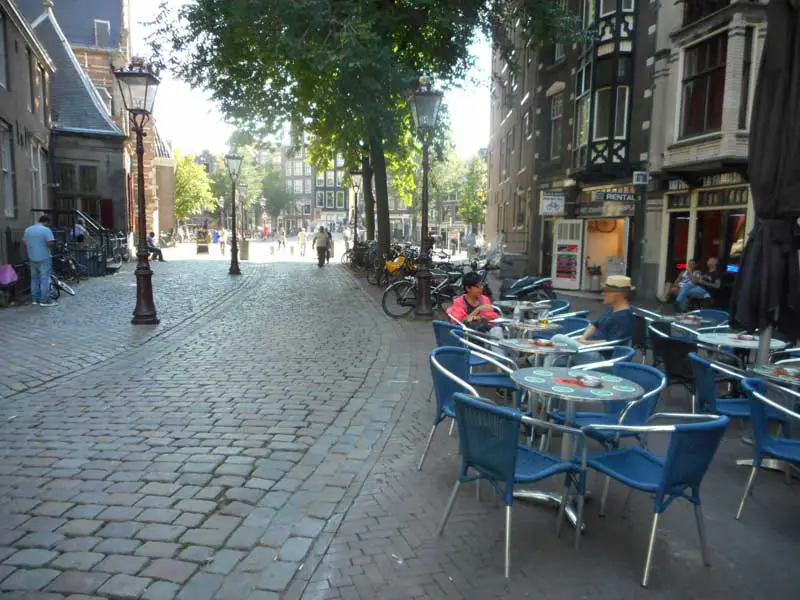
Jordaan: A traditional working class area gone upmarket with plenty of art galleries, hip boutiques and happening restaurants. Also includes the Haarlemmerbuurt and the Western Islands. Apart from a few wider canals, the streets are narrow, in an incomplete grid pattern (as the grid followed the lines of the former polders located here in medieval times). This district is the best example of “gentrification” in the Netherlands, as recently it has been turned into a fashionable shopping district. On Monday mornings (9AM to 1PM) the Noordermarkt sells fabrics, records, second-hand clothing etc. On Saturday (9AM to 4PM), the Noordermarkt is a biological food market, selling a wide range of ecological products like organic fruits and vegetables, herbs, cheese, mushrooms etc, there is also a small flea market. Tram 3 or 10 to Marnixplein, and a short walk down the Westerstraat.
Plantage: Pleasant 19th-century district with many museums. Just beyond the Waterlooplein you will find the Jewish Historical Museum, the Hermitage Amsterdam and the botanic gardens. All within walking distance from the Artis Zoo, the Tropenmuseum (Museum of the Tropics) and the spectacular Scheepvaartmuseum.
South: One of Amsterdam’s prime areas, a trip to the city is not complete without a visit to the Museum Quarter. You can chill in the Vondelpark with a bottle of wine, or go hunt for bargains at the Albert Cuyp Market. It is the most popular area for accommodation as rates are considerably cheaper than in the city centre. The Fashion and Museum District is considered the chic area for shopping in Amsterdam, close to the Museum district, the PC Hooftstraat and the Cornelis Schuytstraat have some of the finest designer shops in the city, including designer shoes, health and well-being specialists, massage, fashion boutiques, designer interiors, designer florists and specialist shops.
West: A vast suburban area that can be divided in Old and New West. The Old West is a charming area built in the late 19th century. The New West was built after World War II and often catches newspaper headlines for crime; urban renewal is underway to improve living conditions in this area.
North: The North is mainly a residential suburb that lies at the northern side of the IJ, with a rapidly developing hub of cultural activity along the shore of the river. Many visitors are attracted to the area east of the motorway A10, a protected polder area that culturally belongs to the Waterland and Zaan Region. This traditional Dutch countryside is best explored by bicycle.
East: The East is a large and diverse residential area. The Eastern Docklands and IJburg stand out as relatively affluent neighbourhoods known for their modern architecture.
Bijlmer: An exclave of Amsterdam, Southeast was foreseen as a neighbourhood of the future with large apartment blocks separated by tracts of green. It turned into a lower-class residential district home to people of over 150 nationalities, often associated with crime and robberies. Its safety record has improved remarkably the last years, but it still is mostly visited by adventurous travellers (and football fans).
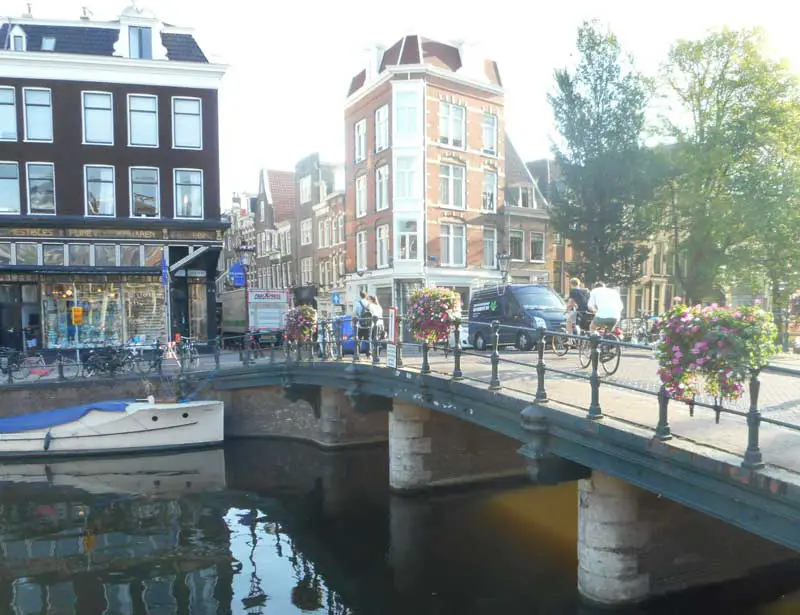
Attractions and Activities
Since the Middle Ages and throughout the 17th century, the Netherlands was a country with a relatively high degree of freedom and tolerance towards other religions and cultures, especially compared to other countries in Europe. Between 1590 and 1800, the estimated foreign-born population was never less than 5 percent, many of them settling in Amsterdam. This led to a large diaspora of Jews, Huguenots (French protestants), Flemish, Poles and other peoples in the city. The Jewish people especially have always had a large presence in Amsterdam, notably in the Old Jewish Quarter (though this quarter has been in a status of decay since World War II). The most prominent synagogue is The Esnoga (or The Portuguese Synagogue) , built in 1675 in an austere Classicist style.
The locals spend their summer days in Amsterdam opening a red wine in the Vondelpark – and so should you. Every district in Amsterdam has at least one park, but the Vondelpark in South is notable for its size and convivial atmosphere. The neighbourhood best known for its greenery is the Plantage. Besides its leafy boulevards and grand mansions, it also features the botanical gardens of the Hortus Botanicus. Finally, Artis Zoo is a good attraction for the kids.
A more recent tradition is the opening of so-called city beaches. Yes, it’s now possible to lie in the sand far from any natural coastline! Amsterdam has three of these beaches, which are located in West, East and South. The one in the east is probably the best, and you get the fine architecture and atmosphere of the IJburg neighbourhood thrown in for free.
The Royal Concertgebouw (Het Koninklijk Concertgebouw): World famous for amazing acoustics, beautiful architecture and being home to The Royal Concertgebouw Orchestra. Concerts are scheduled almost daily and are performed by the world’s best musicians, orchestras and conductors. There is a free lunchtime concert every Wednesday at 12.30pm (September-June). Consider taking a guided tour to explore the building’s amazing architecture. The guided tour comes highly recommended: English-spoken, approx. 75 minutes. scheduled on Sun-12.30pm, Mon-5pm, Wed-1.30 pm. , Concertgebouwplein 10 (Tram 3,5,12,16,24), Ph 0031 20 6718345.
The Red Light District consists of several canals, and the side streets between them, south of Central Station and east of Damrak. Known as ‘De Wallen’ (the quays) in Dutch, because the canals were once part of the city defences (walls and moats). Prostitution itself is limited to certain streets, mainly side streets and alleys, but the district is considered to include the canals, and some adjoining streets (such as Warmoesstraat and Zeedijk). The whole area has a heavy police presence, and many security cameras. Nevertheless it is still a residential district and has many bars and restaurants, and also includes historic buildings and museums – this is the oldest part of the city. The oldest church in Amsterdam, the Netherlands-gothic Oude Kerk on the Oudezijds Voorburgwal at Oudekerksplein, is now surrounded by window prostitution. The area has many sex shops and peep show bars. This section of town is a common attraction for bachelors celebrating a stag night, if you ever get hassled, a firm and loud “Leave me alone” will work most of the time.
NOTE: DO NOT try to take photos of prostitutes even from the streets. Not only is this really rude and considered an invasion of the privacy of the prostitutes, you might end up losing your camera without any warning – or recourse!
Museums
Amsterdam has an amazing collection of museums, ranging from masterpieces of art to porn, vodka and cannabis. The most popular ones can get very crowded in the summer peak season, so it’s worth exploring advance tickets or getting there off-peak (e.g. very early in the morning). The Museum Card (Museumkaart) covers the cost of admission to over 400 museums across the Netherlands and you can buy it at most major museums. It is valid for an entire year, and you will need to write your name, birthday, and gender on it. An advantage of having this card is that you can visit the same museum twice at no extra cost (for example Rijksmuseum is so huge you may want to spread it over two visits), or try out museums you’re not sure you will like. Alternatively, for short stays, you can consider buying the ‘I Amsterdam card’, which includes free access to Amsterdam’s museums, public transport and discount on many tourist attractions.
Some of the many quality museums that are worth visiting are:
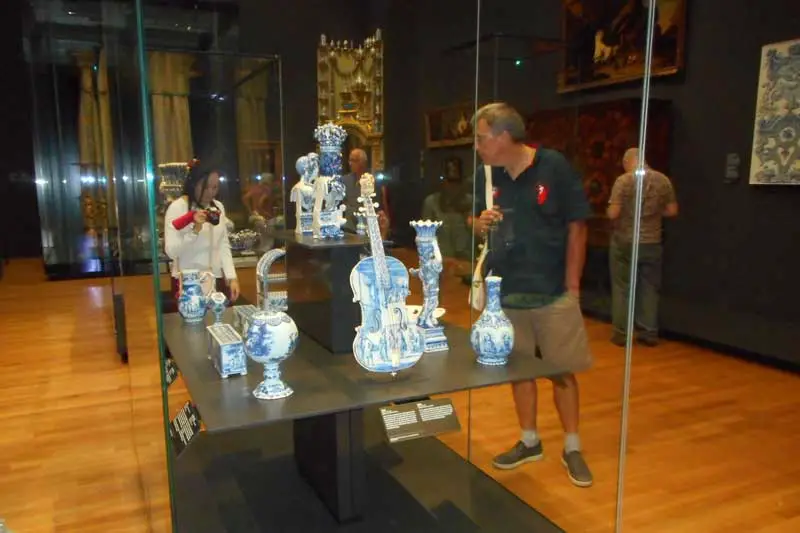
Rijksmuseum – absolutely top-class museum that has a large collection of paintings from the Dutch Golden Age. Some artists you can’t overlook are Rembrandt van Rijn, Johannes Vermeer, Frans Hals and Jan Steen. The must-sees are Rembrandt’s Night Watch and Vermeer’s Milkmaid. The museum also boasts a substantial collection of Asian art.
Van Gogh Museum – even someone with little knowledge of art must have heard about Vincent van Gogh, the Dutch Post-Impressionist painter whose work had a far-reaching influence on 20th century art for its vivid colours and emotional impact. This museum has the largest collection of Van Gogh’s paintings and drawings in the world. A hint: you can book a ticket online and skip the cashier line.
Anne Frank House – dedicated to Anne Frank, a Jewish girl who kept a diary while hiding from Nazi persecution in hidden rooms at the rear of the building (known as the Achterhuis). It’s an exhibition on the life of Anne Frank, but also highlights other forms of persecution and discrimination. Mind that there could be quite a line in the evening/weekends in summer.
The Schuttersgallerij (Civic Guards Gallery) – a hidden passageway filled with 15 enormous 17th-century paintings; entrance is free to the public during museum hours. Known as the Schuttersgalerij (Civic Guards’ Gallery), the collection features massive and meticulously realistic portraits of wealthy citizens from the Dutch Golden Age, the same class of subjects Rembrandt depicted in the most famous of Civic Guard paintings, “Nightwatch”. You can find it just inside the arched gateway to the Amsterdam Museum at Kalverstraat 92.
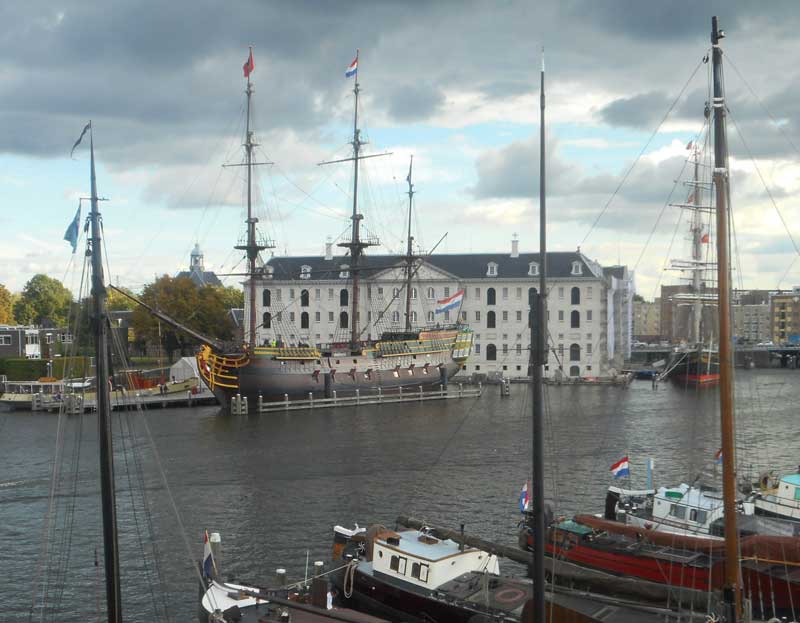
Amsterdam National Maritime Museum – located a bit off Amsterdam centre, near the city old harbour. It is housed in a huge historical building, the main land store of the Amsterdam Admiralty, which has been used until 1973 by the Dutch Navy. This modern multimedia museum has extensive displays and a rich 60,000 volumes maritime library, as well as restaurant, a museum shop. The replica of the three masted ‘Amsterdam’, a large vessel of the Dutch East India Company, which in its maiden journey to Batavia sank in a storm in the English Channel in winter of 1749, stands high above the waters of Ij Bay, directly at the Amsterdam maritime museum quay.
Tours
The following tours are recommended if your stay in Amsterdam is short, such as a visit on a cruise ship.
Blue Boat Dinner Cruise: Savour a three-course meal, with unlimited wine and beer, as you cruise along Amsterdam’s enchanting canals. Take in the sparkling city as you glide past illuminated bridges and the charming Dutch cityscape.
Keukenhof Gardens Tour: Visit the world’s largest flower garden, at Keukenhof. The enchanting display includes daffodils and tulips, combines traditional and modern landscape gardening, and promises a mosaic of vibrant colours.
Anne Frank House and Diamond Factory Tour with Canal Cruise: View Amsterdam’s must-see sights up close and with minimum hassle. You’ll be taken to a diamond exhibit and enjoy a photostop at a windmill. Then cruise along the canals to the Jordaan area where you’ll explore the house where Anne Frank hid from the Nazis.
Bike Tour and Canal Cruise: See the sights from two different perspectives. Cycle past famous landmarks, including Dam Square and the Anne Frank House, on a guided tour. Then kick back and relax, as you cruise along the city’s canals. Let the sights come to you!
Admission to the Amsterdam Dungeon: Experience the darkest chapters of Dutch history, recreated in all their terrifying detail at the Amsterdam Dungeon.
Edam and Windmills Tour: Get an insight into the traditional Dutch way of life on this tour of windmills, a clog factory, and the charming town of Edam.
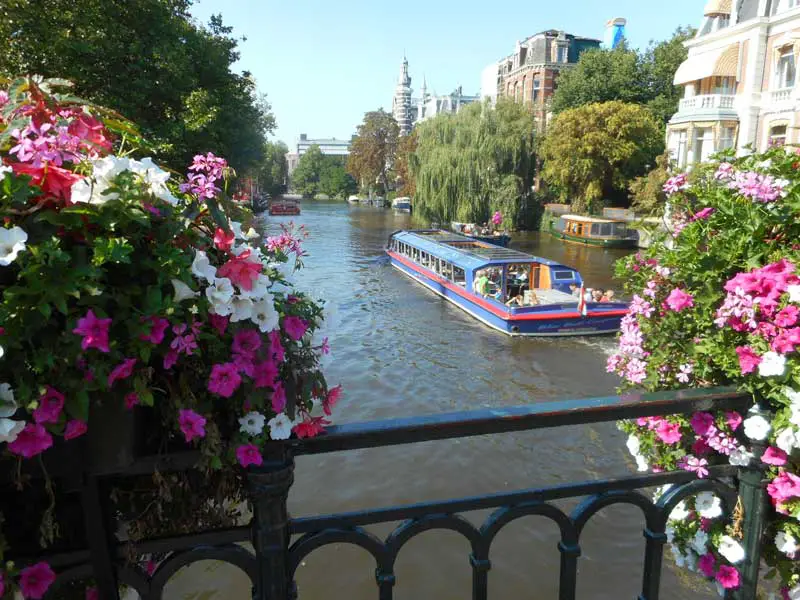
Cruises
The Canal Bus: Runs three fixed routes, stopping near major attractions (Rijksmuseum, Anne Frank’s House, etc.). You can get on or off as often as you like, but it is a little expensive. The first boats start between 9.15AM. and 10.45AM. depending on which stop you get on. The last boats start dropping off at around 7 p.m.
Lovers Canal Cruise: start opposite the Rijksmuseum. The cruise is about 1 hr.
Amsterdam Boat Guide: Local company offering private boat tours in classic boats. Canal cruises, dinner cruises etc.
Amsterdam Jewel Cruises: offers an evening dinner cruise. It is the only classic boat offering a private table for a romantic dinner cruise. A la carte dining, but not cheap! The cruise starts at 7.30 pm and lasts just under three hours.
You can cruise the canals yourself, without the commentary with a canal bike (pedal boat) or rented boat.
Boats4rent Boat Hire: At Boats4rent you can rent and drive your own electric boat for max. 6 people. Boats4rent is located at the Westerpark, very close to the Brouwersgracht and the other main city center canals. You don’t need a license, nor experience to rent a boat.
Boaty Rental Boats: Boaty offers rental boats (max. 6 persons) for your own private tour: decide where to go yourself or choose one of Boaty’s free canal routes. These rental boats are electrically driven which means they are silent and free of exhaust fumes. They are charged with renewable energy every night so you can enjoy your time on the water as long as you like. The boats are very stable, unsinkable and of course the rental is accompanied by free life vests in different sizes.
Canal Company: Has four rental locations; single and two-seater canal bikes available.
Venetian Gondola: You can also rent a gondola, hand made by an Amsterdam girl who traveled to Venice to learn the craft and build her own Gondola which she brought back to Amsterdam.
Ferry over the River IJ: The GVB ferries that run on the north side of central station are free of charge and provide nice views of the harbor and skyline
